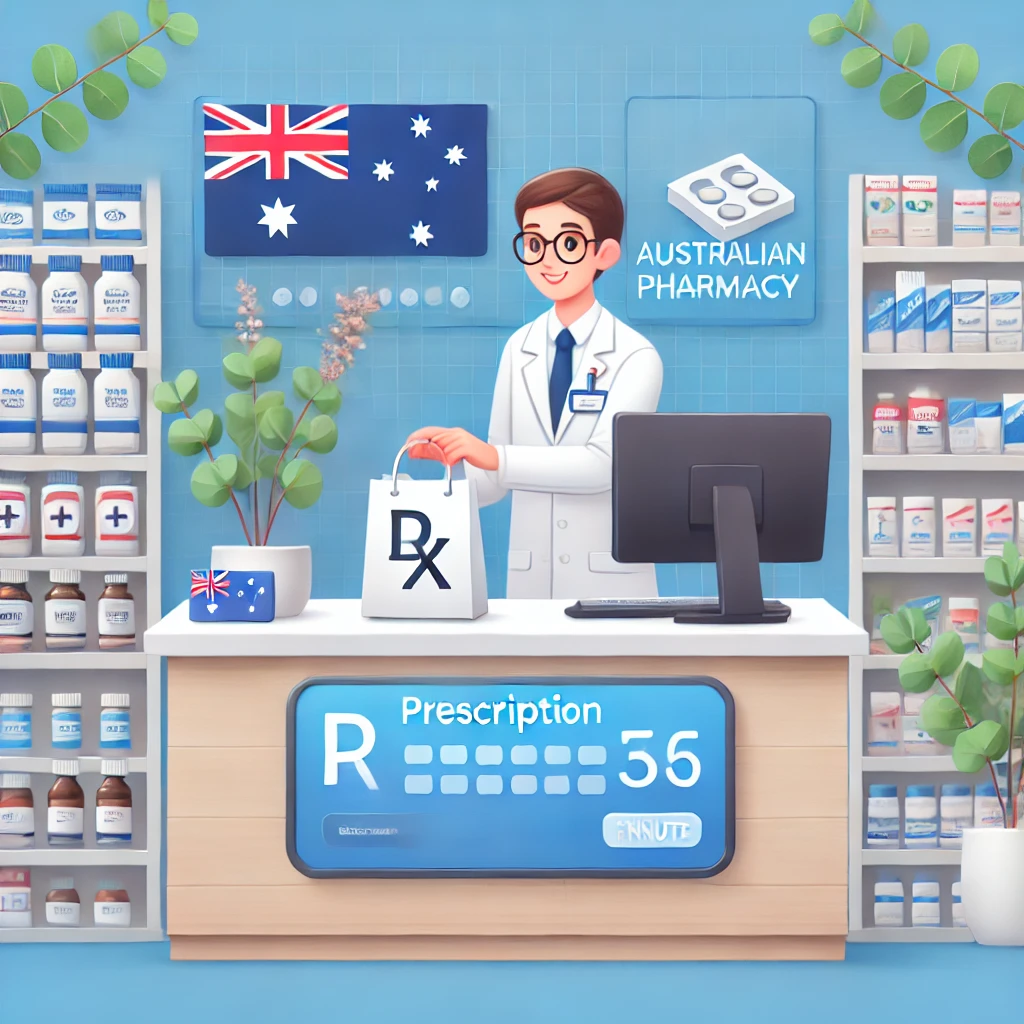In the evolving healthcare landscape, the dynamic between nurse practitioners (NPs) and physicians has become a focal point of discussion and operational strategy. This relationship, characterized by mutual respect and teamwork, is essential for delivering high-quality patient care. In this article, we delve into the intricacies of this partnership, highlighting the role of a collaborating physician for nurse practitioner, the benefits of such collaborations, and how healthcare systems can implement effective strategies for enhanced patient outcomes.
Table of Contents
The Foundation of Collaboration
Before examining the benefits and strategies of effective NP-physician collaborations, it’s important to understand the foundational elements that underpin these relationships.
Roles and Responsibilities
- Nurse Practitioners: NPs are advanced practice registered nurses (APRNs) who provide various healthcare services, including diagnosing and treating medical conditions, prescribing medications, and initiating and managing treatment plans.
- Physicians: Physicians are medical doctors (MDs or DOs) who diagnose illnesses, provide treatments, perform procedures, and lead the medical team in developing comprehensive care plans.
Regulatory Environment
The regulatory environment surrounding the collaboration between NPs and physicians varies by jurisdiction. Some regions require a formal collaborative agreement to define the scope of practice and the specifics of the relationship, while others may offer more autonomy to NPs.
Benefits of Collaboration
The partnership between NPs and physicians brings numerous benefits to the healthcare providers themselves patients, and the healthcare system at large.
Enhanced Patient Care
The primary benefit of a strong NP-physician collaboration is the delivery of enhanced patient care. By combining their expertise, healthcare providers can offer more comprehensive and accessible care, improving patient outcomes.
Increased Access to Healthcare
Collaborations can also significantly increase access to healthcare services, particularly in underserved areas where physicians are scarce, and NPs can fill critical gaps in care.
Professional Growth and Learning
These partnerships provide opportunities for professional development and continuous learning for both NPs and physicians, fostering a culture of education and mutual respect.
Implementing Effective Collaboration Strategies
For healthcare systems looking to maximize the benefits of NP-physician collaborations, several strategies can be employed to ensure success.
Clear Communication Channels
Establishing clear and open channels of communication is crucial. Regular meetings, shared electronic health records (EHRs), and joint training sessions can facilitate better understanding and teamwork.
Defined Roles and Expectations
Clearly defining the roles, responsibilities, and expectations for NPs and physicians can prevent overlap and confusion, ensuring a smooth and efficient workflow.
Supportive Regulatory Framework
Advocating for supportive regulatory policies that recognize the value of NP-physician collaborations and provide a clear framework for these relationships is essential.
Focus on Patient-Centered Care
Ultimately, the focus of any collaboration should be on delivering patient-centered care. Strategies should be evaluated and adjusted based on patient outcomes and satisfaction.
Real-World Applications
To illustrate the impact of effective NP-physician collaborations, consider the following table showcasing various healthcare settings and the outcomes of collaboration:
| Healthcare Setting | Outcome of Collaboration |
| Rural Clinics | Increased access to care, with NPs providing primary care services under the supervision of a collaborating physician. |
| Hospitals | Enhanced patient outcomes through integrated care teams, leading to shorter hospital stays and lower readmission rates. |
| Specialty Practices | Improved patient management in specialized areas, such as diabetes care, through shared expertise and responsibilities. |
Moving Forward
As healthcare continues to evolve, the partnership between nurse practitioners and physicians will undoubtedly play a critical role in shaping the future of patient care. By fostering strong, collaborative relationships, healthcare systems can leverage each professional’s unique strengths and skills, leading to improved healthcare outcomes, greater access to care, and enhanced patient satisfaction. This collaborative model benefits patients and contributes to a more efficient and effective healthcare system.
The journey toward seamless collaboration in healthcare is ongoing, and the success of this endeavor relies on the commitment of both nurse practitioners and physicians to work together towards common goals. As we move forward, healthcare providers and policymakers must continue supporting and facilitating these partnerships, ensuring that they can thrive in an environment that prioritizes the well-being of patients above all.
In conclusion, the synergy between nurse practitioners and physicians is a cornerstone of modern healthcare. These professionals can overcome challenges and leverage opportunities for all involved through mutual respect, open communication, and a shared commitment to patient care. The future of healthcare is collaborative, and by embracing this model, we can ensure that patients receive the comprehensive, high-quality care they deserve.












